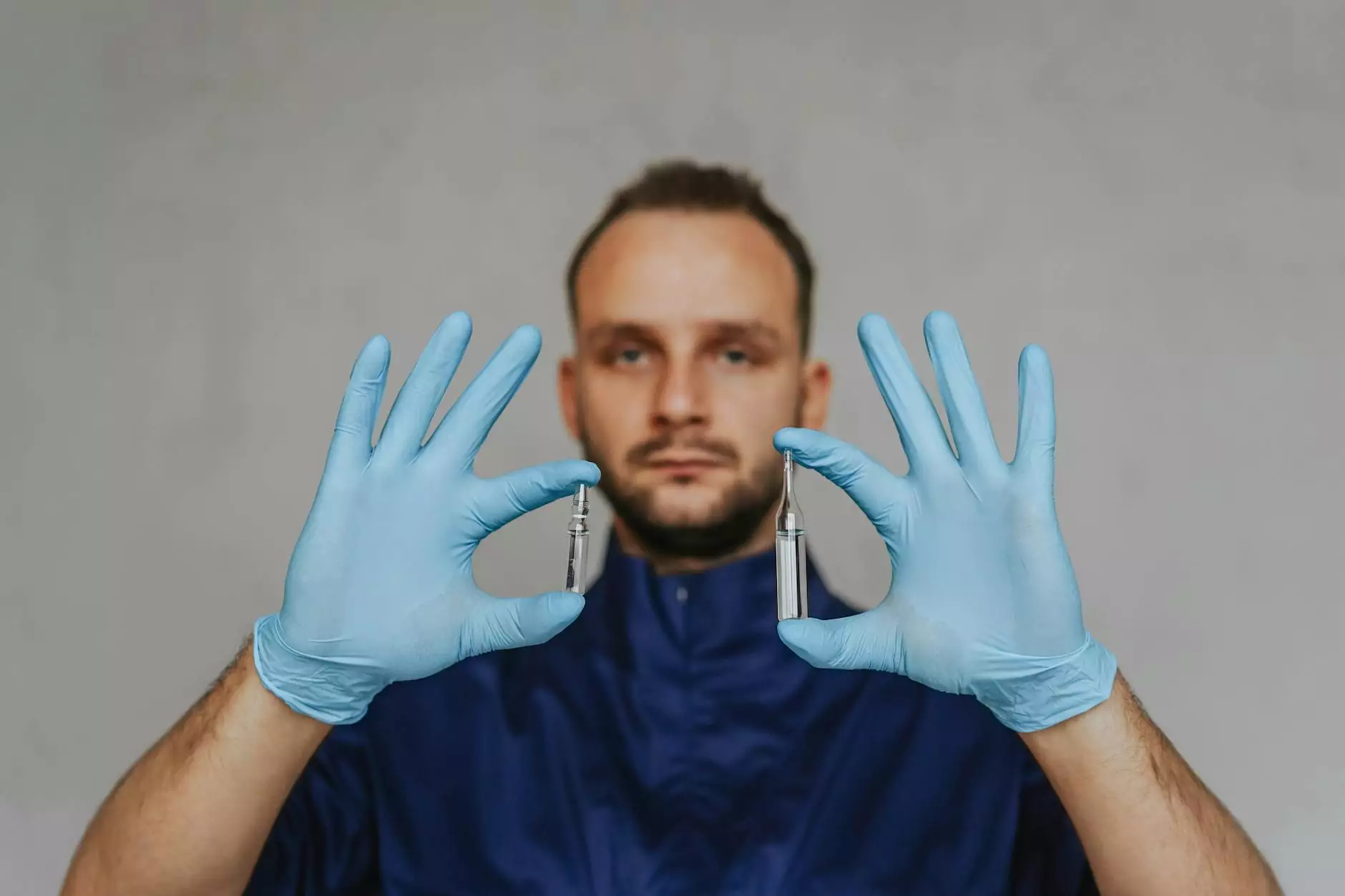Strip vs. FUE Donor Hair Harvesting

Introduction
Welcome to Smith, Arthur F, MD's comprehensive guide on strip versus FUE donor hair harvesting techniques. We understand that choosing the right method for your hair transplant is crucial for achieving the best results. In this article, we will dive deep into the differences, benefits, risks, and considerations associated with each approach.
Understanding Strip Donor Hair Harvesting
Strip donor hair harvesting, also known as FUT (Follicular Unit Transplantation), is a well-established hair restoration technique. This procedure involves removing a strip of scalp from the donor area, typically from the back of the head, under local anesthesia. The strip is then carefully dissected to extract individual hair follicles for transplantation.
Benefits of Strip Donor Hair Harvesting
- Higher Graft Yield: Strip harvesting allows for a higher number of grafts to be harvested in a single session compared to FUE.
- Cost-Effective: Strip harvesting is generally more cost-effective than FUE due to the quicker extraction process.
- Less Time-Consuming: Strip harvesting typically takes less time to perform compared to FUE, making it a preferred option for those with limited availability.
Risks and Considerations
While strip donor hair harvesting can yield excellent results, it's important to consider potential risks and factors such as:
- Potential for a linear scar in the donor area, which may be visible if you prefer to keep your hair short.
- A longer recovery period compared to FUE, as the strip extraction requires sutures which need time to heal.
- Certain individuals with a tight scalp or existing scars may not be ideal candidates for strip harvesting.
Exploring FUE Donor Hair Harvesting
Follicular Unit Extraction (FUE) is a newer hair transplant technique that has gained popularity in recent years. Unlike strip harvesting, FUE involves the extraction of individual hair follicles directly from the donor area using tiny punches.
Benefits of FUE Donor Hair Harvesting
- No Linear Scar: FUE leaves minimal scarring, as the extraction sites are tiny and heal relatively quickly.
- Ability to Maintain Short Hair: FUE is a preferred method for individuals who like to wear their hair short, as there is no linear scar to worry about.
- Greater Donor Site Options: FUE allows for harvesting from various areas of the body, such as the beard or chest, in addition to the scalp.
Risks and Considerations
While FUE donor hair harvesting offers several advantages, you should be aware of the following aspects:
- Due to the time-consuming nature of FUE, it may be more expensive compared to strip harvesting.
- FUE generally yields a lower number of grafts per session compared to strip harvesting.
- Individuals with a limited donor supply, such as those with extensive hair loss, may require multiple sessions to achieve desired results.
Choosing the Right Method for You
Deciding between strip and FUE donor hair harvesting techniques depends on various factors, including your specific hair loss pattern, donor area availability, personal preferences, and budget. Consult with a qualified hair transplant specialist, like Dr. Arthur F. Smith, to determine which method is most suitable for you.
Conclusion
In conclusion, both strip and FUE donor hair harvesting techniques have their advantages and considerations. Understanding the key differences between these methods will empower you to make an informed decision about your hair transplant. Remember, it's essential to consult with an experienced professional who can guide you throughout the process and help you achieve your desired outcome.
Contact Smith, Arthur F, MD for Hair Transplant Consultation
If you're considering a hair transplant and would like expert guidance, reach out to Smith, Arthur F, MD. With years of experience in the field of hair restoration, Dr. Smith and his team can help you understand your options and create a personalized treatment plan tailored to your needs. Contact us today to schedule a consultation!




